Yves Klein (1928-19626)
Get a Klein Certificate of Authenticity for your painting or a COA for your Klein drawing or sculpture.
For all your Klein artworks you need a Certificate of Authenticity in order to sell, to insure or to donate for a tax deduction.
How to get a Klein Certificate of Authenticity is easy. Just send us photos and dimensions and tell us what you know about the origin or history of your Klein painting, drawing or sculpture.
If you want to sell your Klein painting, drawing or sculpture use our selling services. We offer Klein selling help, selling advice, private treaty sales and full brokerage.
We have been authenticating Klein and issuing certificates of authenticity since 2002. We are recognized Klein experts and Klein certified appraisers. We issue COAs and appraisals for all Klein artworks.
Our Klein paintings, drawings and sculptures authentications are accepted and respected worldwide.
Each COA is backed by in-depth research and analysis authentication reports.
The Klein certificates of authenticity we issue are based on solid, reliable and fully referenced art investigations, authentication research, analytical work and forensic studies.
We are available to examine your Klein painting, drawing or sculpture anywhere in the world.
You will generally receive your certificates of authenticity and authentication report within two weeks. Some complicated cases with difficult to research Klein paintings, drawings or sculpture take longer.
Our clients include Klein collectors, investors, tax authorities, insurance adjusters, appraisers, valuers, auctioneers, Federal agencies and many law firms.
We perform Yves Klein art authentication, appraisal, certificates of authenticity (COA), analysis, research, scientific tests, full art authentications. We will help you sell your Yves Klein or we will sell it for you.
Yves Klein was a French Dadaist painter born in Nice to painters Fred Klein and Marie Raymond. Klein was by no means a typical academic artist, and spent much of his life in other pursuits such as travel and sport. Klein became famous for his monochromatic paintings, most of which were primarily blue by the 1950s.
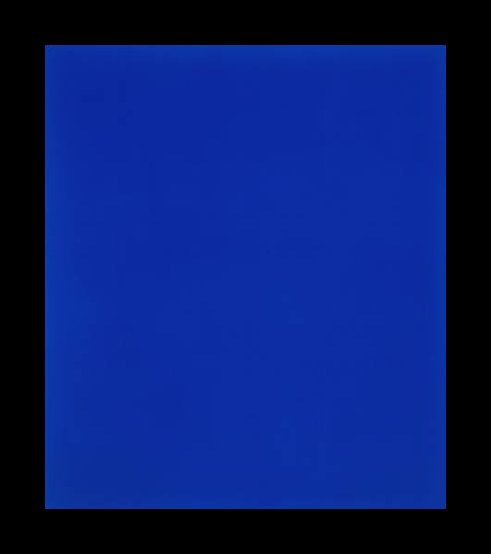

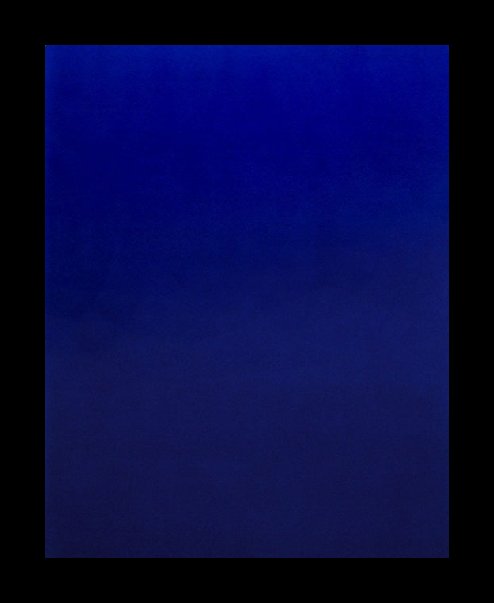
In 1947, Klein became involved in the sport of judo, which for him was a way to channel his sense of adventure and spirituality. Though he did not have much formal artistic training, Klein went right to work in the art world. He participated in music and stage performances and traveled to Italy, Germany and England. It was while Klein was in London that he got a job working in a shop and learning gold leaf gilding. Klein would travel again to Ireland in 1950, then in 1951 to study Spanish in Madrid. From 1952 to 1953, Klein lived in Japan and studied at a judo center there while giving French lessons to support himself. His goal of becoming a judo instructor was eventually foiled, so Klein took to art instead.
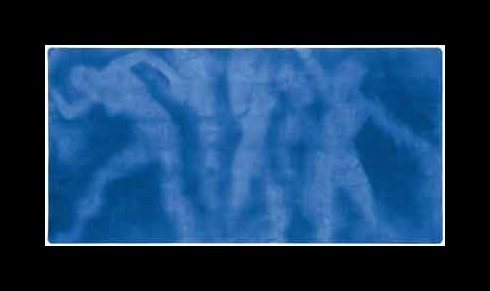
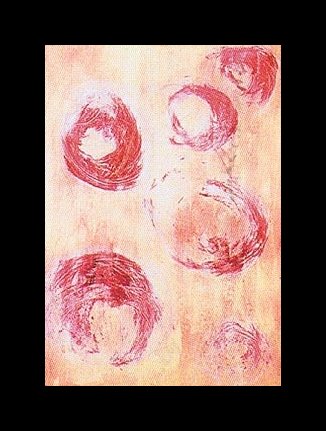
Besides his monochromatic works, Klein would also become known for his “female brush” pieces. Again, using the color blue, Klein would use the female form as a sort of brush on his canvas. For this process, Klein would use a number of techniques, such as painting directly on his model and then rolling her on the canvas. At other times, he would lay the model on the canvas and paint directly around her. This eventually turned into a performance art and would entail painted female nudes throwing and dragging each other over his canvas in front of a crowd.
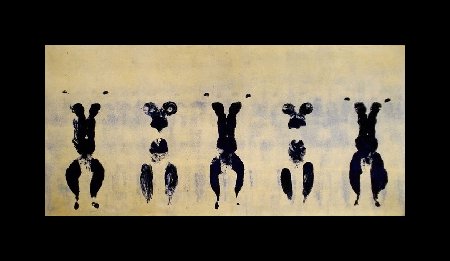
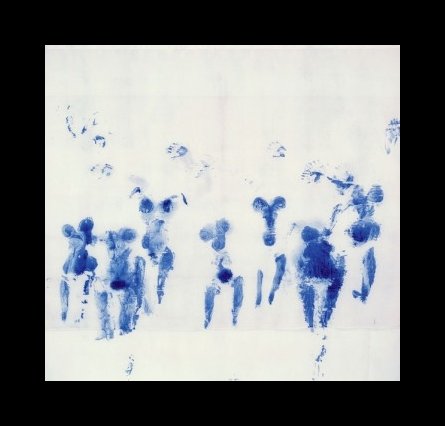

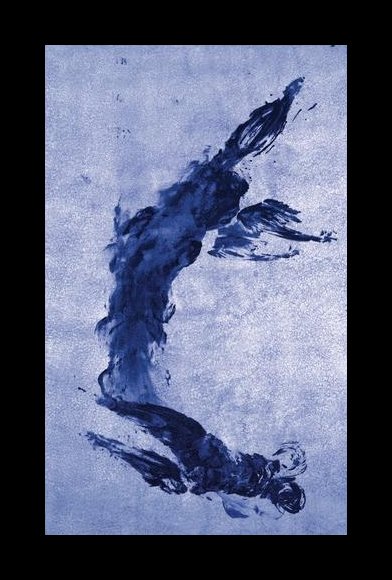
Klein’s art would eventually take on a zen-like attitude, most likely a holdover from his judo teaching. He would also become a celebrated photographer and believed in a philosophy of empty space. This philosophy, which he referred to as “the void,” was meant for his artistic viewers to emptiness. Klein even managed to sell empty spaces in Paris so that his patrons could experience emptiness and space.
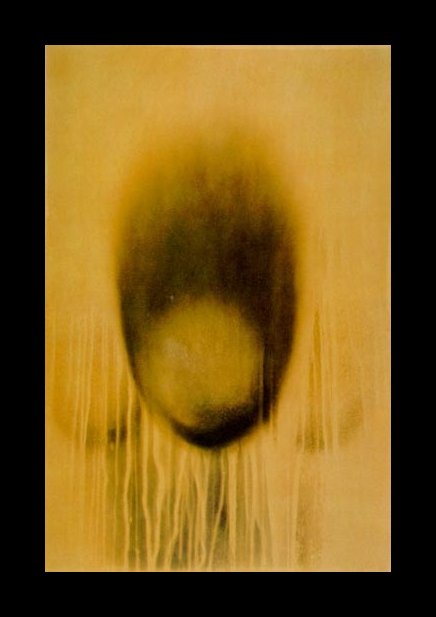

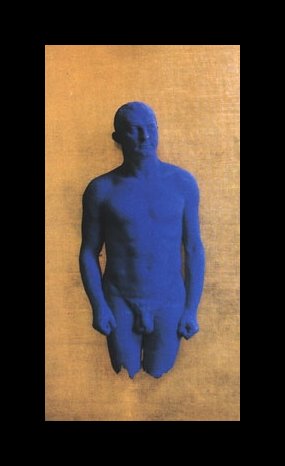
Klein was a truly experimental artist, and while he followed a number of rules that were clearly his own, he used a number of methods to create art. Whether it was using the human figure as a tool or burning paper and calling the after image art, Klein was truly an artist of abstract thought.

Reviews
1,217 global ratings
5 Star
4 Star
3 Star
2 Star
1 Star
Your evaluation is very important to us. Thank you.
